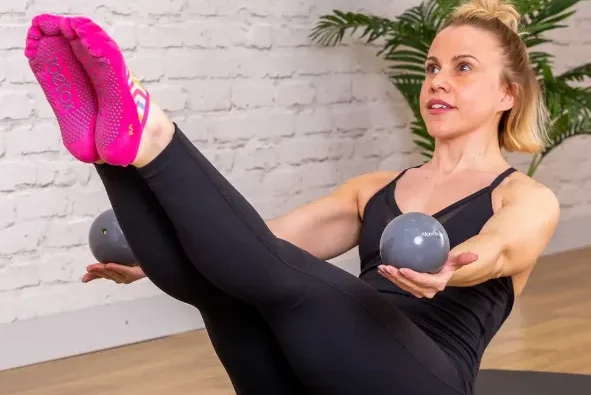
At the start of each year, it’s tempting to jump on the latest fitness trends and dive into a brand-new workout routine. However, it’s important to remember that the basics are essential for a reason—they work. Instead of chasing flashy new programs, sticking to foundational exercises will deliver consistent and sustainable results.
Whether it’s squats, deadlifts, pull-ups, or cardio routines like running and cycling, these tried-and-true exercises are just as effective today as they’ve always been. Similarly, a well-balanced diet centered around lean protein, vegetables, and healthy carbs remains the foundation of any fitness regimen.
While minimizing your workout and diet to the bare essentials might seem appealing, the reality is that extreme restrictions aren’t the answer. We’ve evolved to benefit from variety, but the key is finding the right balance between too much and too little. Let’s explore a balanced approach to fitness that will help you avoid the extremes while still achieving your goals.
Finding Balance in Your Workout Routine
When it comes to physical training, consistency is more important than endless variety. If you perform the same exercises regularly—like squats or running—you’ll improve over time. But constantly switching things up with too much variety can slow progress, as it reduces the frequency of exposure to each movement pattern.
On the flip side, sticking to just one or two exercises isn’t effective either. For example, minimalist programs like Simple & Sinister focus on just a few movements, but neglecting other aspects of fitness can lead to imbalances. The same goes for diet—restricting your food intake too much will only leave you feeling rundown and unable to perform at your best.
Instead of eliminating variety completely, aim for a balanced approach that addresses all areas of fitness without overcomplicating things. Here’s how you can structure your training week to find that sweet spot.
A Balanced Strength-Training Routine
To build a strong, functional body, focus most of your training on leg and pulling movements, as these are the body’s primary muscle groups. Ideally, around 70% of your workout time should target these movements, with the remaining 30% focused on pushing and core exercises.
You’ll want to include three types of leg exercises in your routine: bilateral (two legs), split-stance, and single-leg movements. A well-rounded plan could look something like this:
Monday
- Front squat
- Deadlift
- Pull-ups
- Ab wheel rollouts
Wednesday
- Single-leg deadlift
- Bulgarian squat
- Single-arm bench press
- Renegade rows
Friday
- Lunges
- Pull-ups
- Single-arm rows
- Side bridges
For each exercise, aim for 3-5 sets of 3-5 reps, except for the rows, which are more effective with slightly higher reps (6-10). Rest for 2-3 minutes between sets to maximize your lifting potential. The goal is to finish your workout within 45 minutes, including your warm-up.
A Simple Cardio Plan
Cardio doesn’t need to be complicated. In fact, running is one of the best exercises for overall fitness, but doing it too intensely every day can cause wear and tear. Instead, a balanced cardio routine should include both easy and harder sessions.
Here’s a simple weekly plan:
Tuesday
- Easy run: 30 minutes
Thursday
- Hard intervals: 10 x 500m rowing with 1-minute rest in between
Saturday
- Easy run: 45 minutes
Sunday
- Walk: 2 hours
This cardio plan may seem simple, but that’s the point. By focusing on the basics and maintaining a balance between intensity and recovery, you’ll set yourself up for long-term success without overdoing it.
Stick to the Basics for Lasting Results
In today’s fitness industry, you’re often bombarded with the latest trends and “new” exercises. These trends are designed to keep you coming back for more, but they’re not always in your best interest. If you truly want to achieve a lasting transformation, focus on the simple, proven fundamentals: lift heavy, run, eat well, and incorporate some yoga for flexibility.
Staying committed to the basics is the best approach to achieving your fitness goals. While variety is important for keeping things fresh, don’t get caught up in trying every new trend. Consistency with the fundamentals will always yield the best results in the long run.
Fitness is about simplicity—don’t overcomplicate your approach. Stay true to the basics, and you’ll find lasting success and a healthy, functional body.












